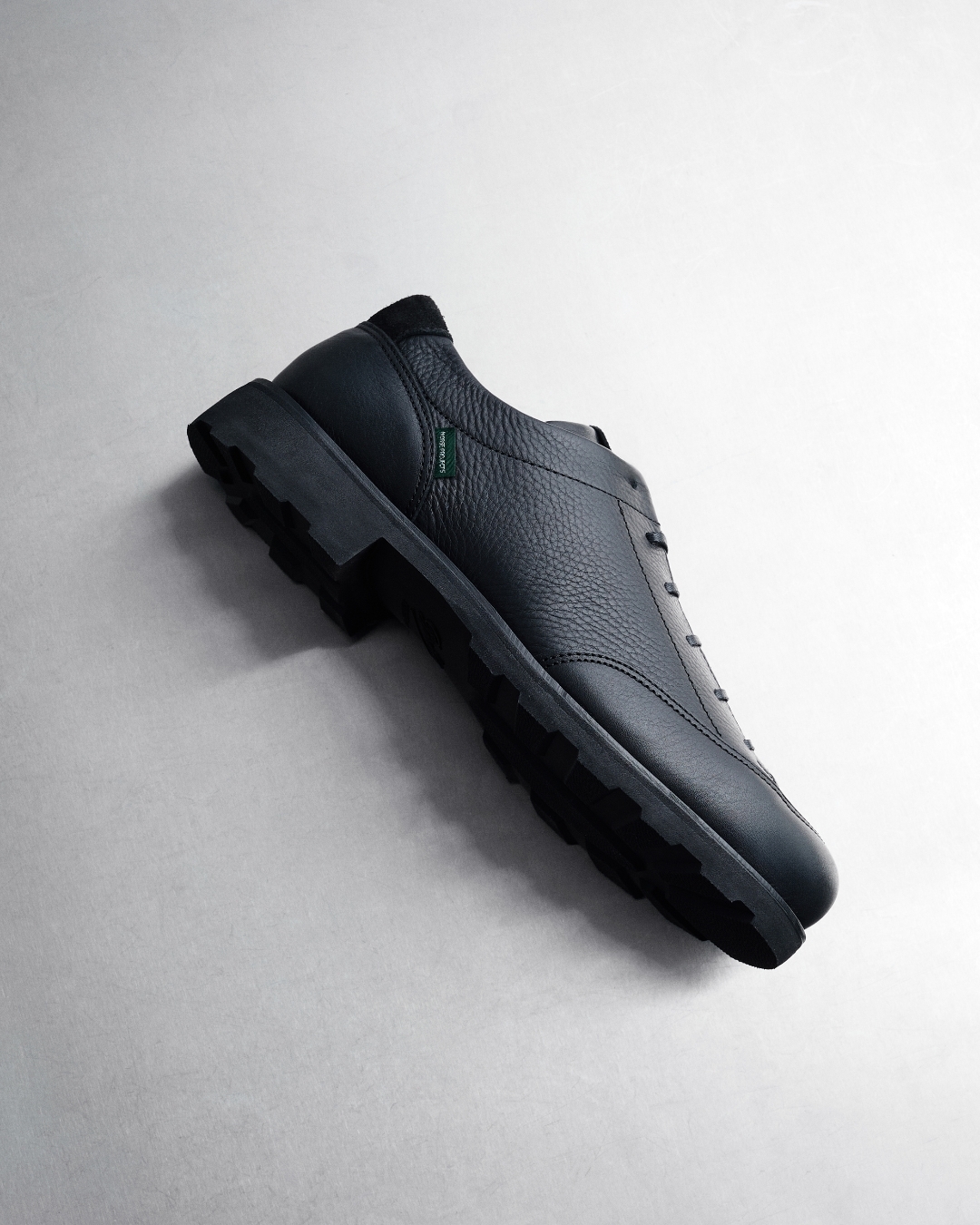Garment Study 001 — Rokkvi Arctic Wool Gore-Tex26.11.2021
GARMENT STUDY — An open-source research archive. Offering deeper insight into the historical research and value-based development process that acts as the foundation of the Norse Projects design language. Built through the gathering of outside perspectives and viewpoints to further explore the meaning behind design.
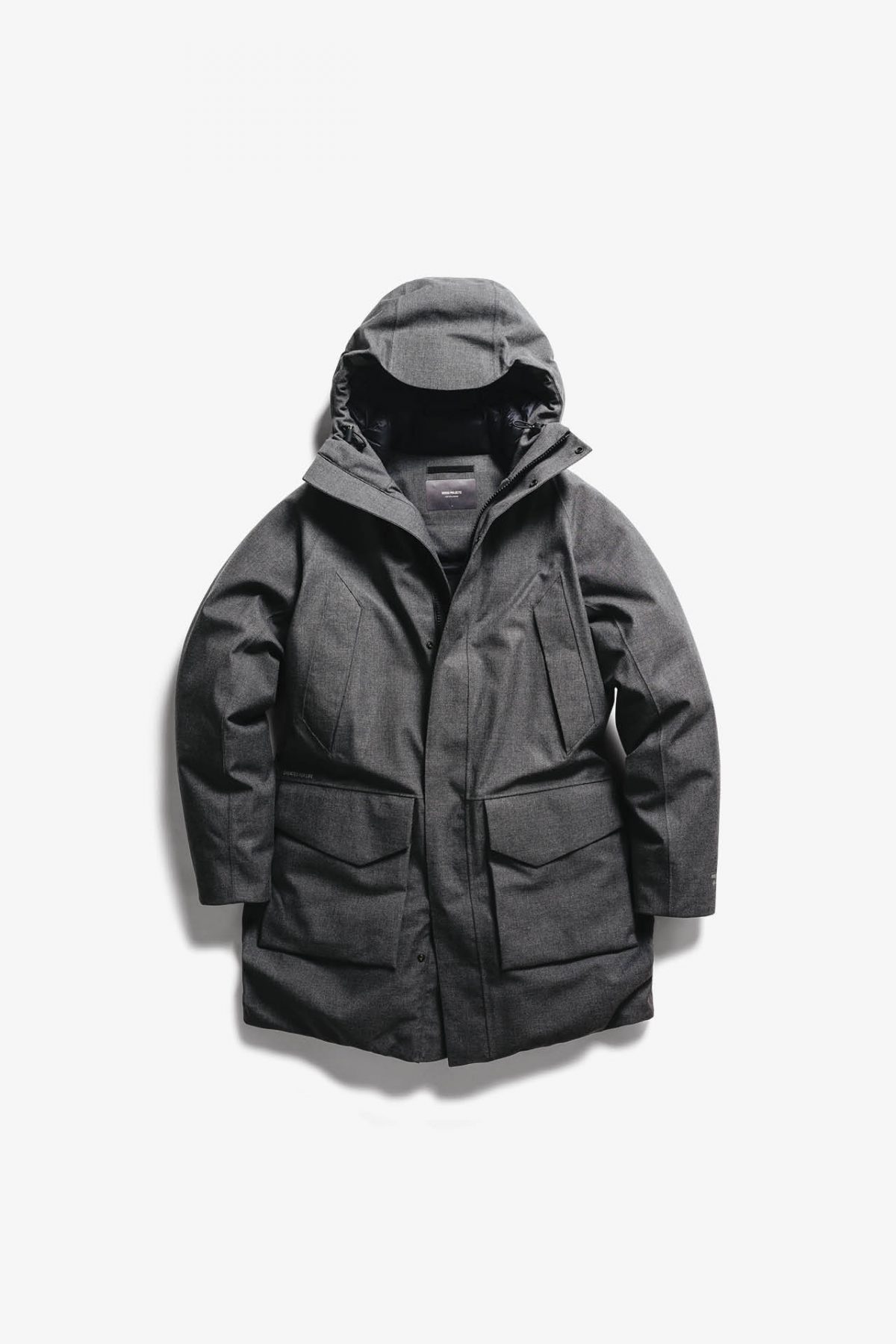

ORIGINS
The word “parka” is said to derive from Nenets, a language spoken by a Samoyedic ethnic group of the same name native to northern arctic Russia, Russian Far North. Some also speculate that the term derives from the Aleut, an indigenous people of the Aleutian Islands. Since entering the English lexicon around the late-eighteenth century, the word has become synonymous with reliable cold-weather staples that are steeped in permanence and history.
For AW21, we turned to the Arctic-bound Caribou Inuits to inform the concept behind our latest Rokkvi Arctic Wool Gore-Tex Parka. To ensure our interpretation was historically sound, we traced examples from across the Arctic Circle to understand how environmental diversity has seen the archetype change. Having adapted to elements such as climate, animal population, and tradition, we consider the parka a compelling case study for vernacular design.
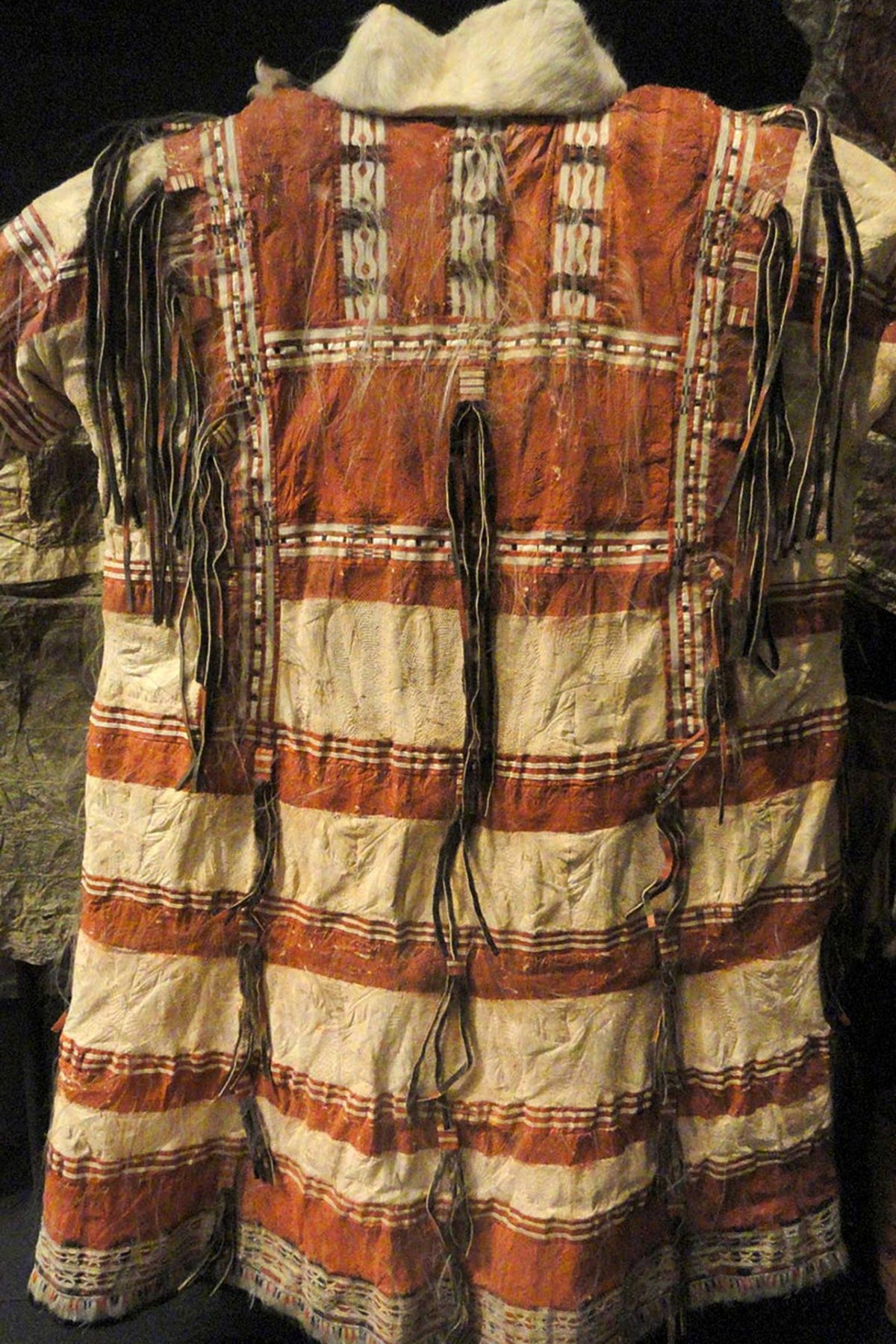
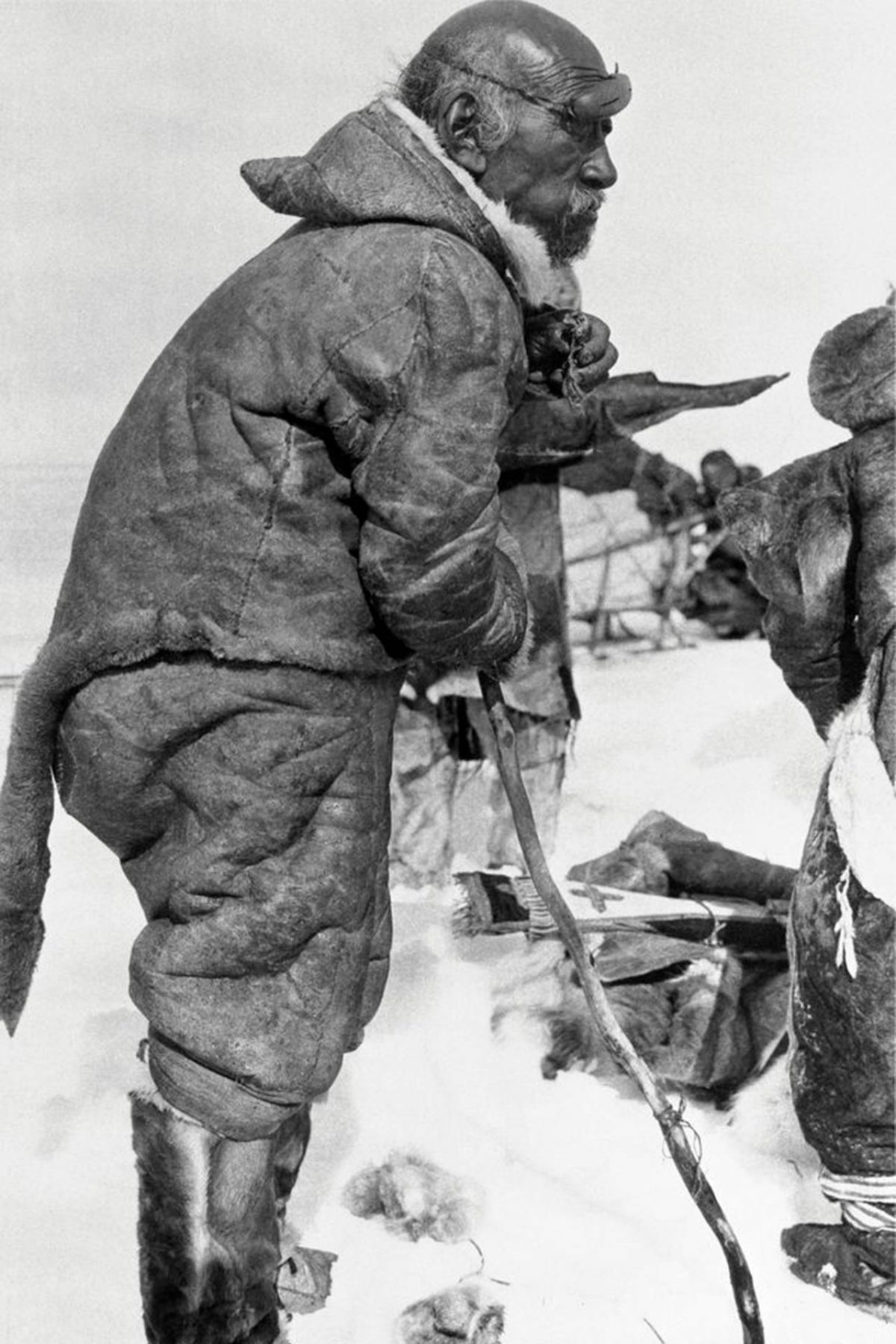
The Caribou Inuits are said to have invented what would go on to become today’s parka, originally referring to it as amauti. These amauti however were only one of many parka-like silhouettes from across the Arctic Circle. Unlike the WWII service styles that many liken the archetype to, the traditional amauti did not have an open front and resembled more what we know today to be an anorak. The amauti would also include a hood trimmed with naturally water-repellent wolverine fur.
Understanding the design’s applications in extreme cold weather, we carefully preserved some of the original amauti features, which we then refined through a contemporary lens. Learning from the advancements of WWI and WWII U.S. military parkas, the resulting design features a fully-resistant down-lined hood and mimics the amauti’s box cut finish to allow for improved insulation. With this, we believe to have crafted an expression that is as traditional as it is modern.

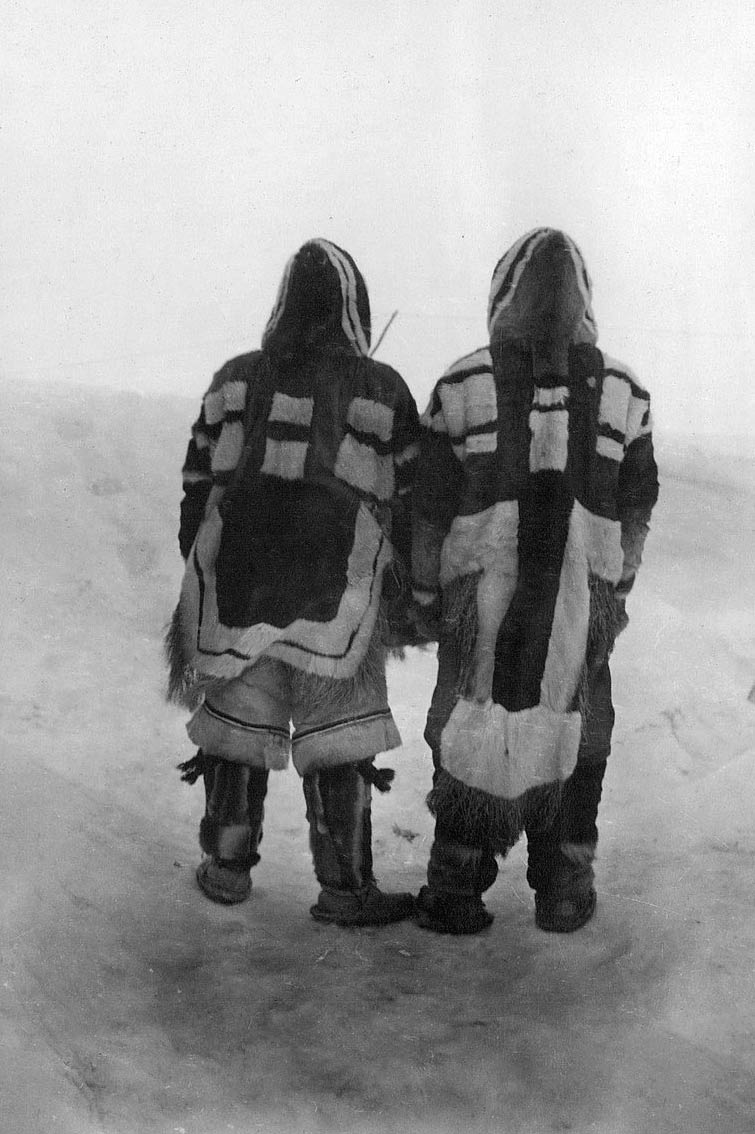
EVOLUTION
Having outlined the silhouette’s role in Nenet, Aleut, and Inuit societies, we will now observe its evolution through the ranks of the U.S. military and role in early-twentieth century conquests like that of Everest. And while the parka’s traditional footprint allowed us to create a reliable foundation, it was this contemporary development that saw us define a truly innovative expression for the Rokkvi.

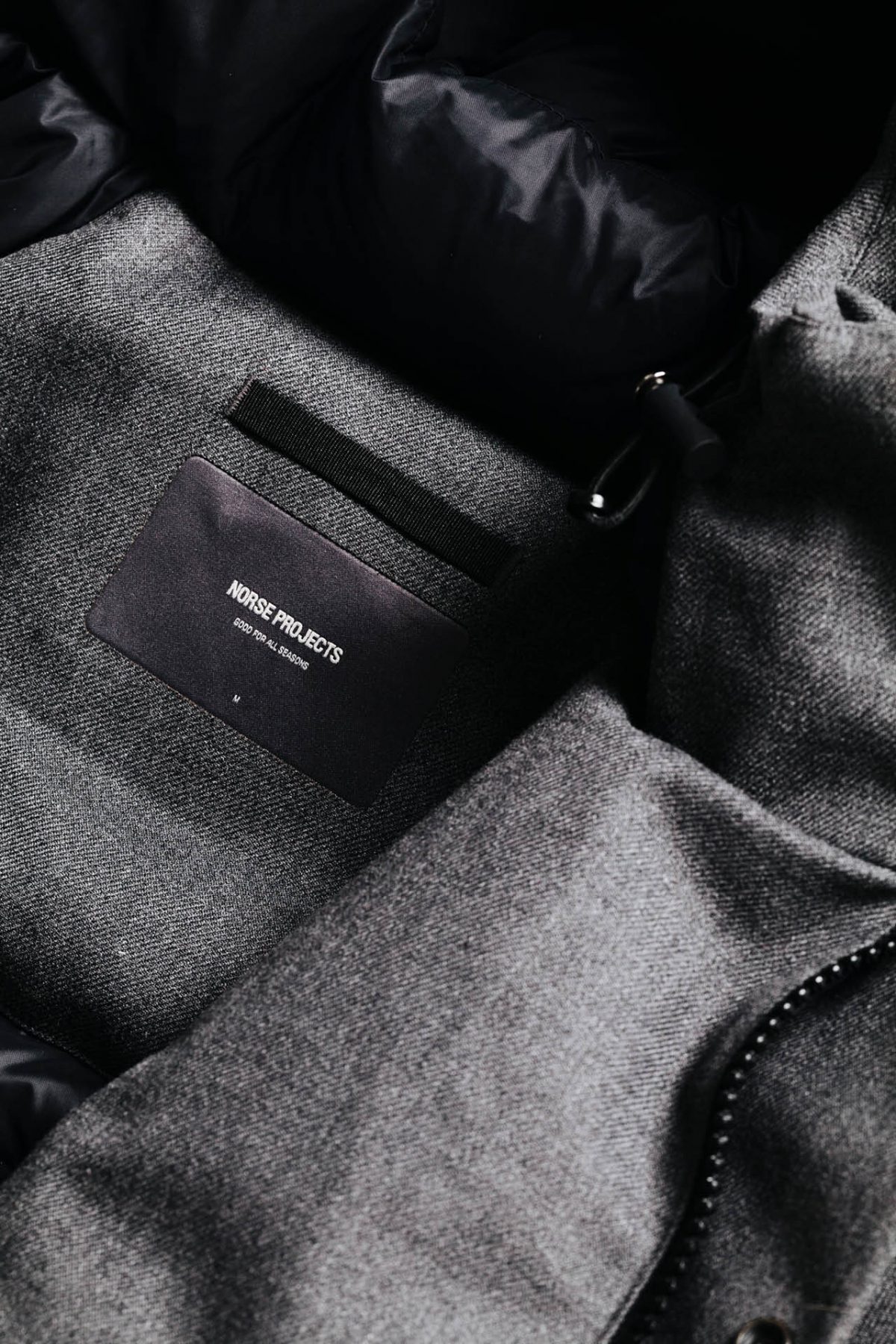
The parka’s unparalleled performance in extreme cold-weather made it the perfect candidate for the twentieth century wardrobe. Even though the first World War welcomed a number of important parka-like iterations, it was not until WWII that the U.S. Army began pioneering styles such as the N-3 and B-9 Down Parka; the latter of which was distributed to pilots in the U.S. Army Air Force (USAAF). Then around 1950, the N-3A was developed for flight crews stationed in cold regions.
A few years after the introduction of the N-3A, the N-3B “Snorkel Parka” was introduced. And shortly after this, as U.S. military presence expanded to colder and more challenging climates, the M-51 emerged, a parka variation designed specially for freezing temperatures and maximum physical mobility. The M-51 featured a button-in liner and waterproof outer shell, both of which proved informative when defining the Rokkvi’s functional promise.
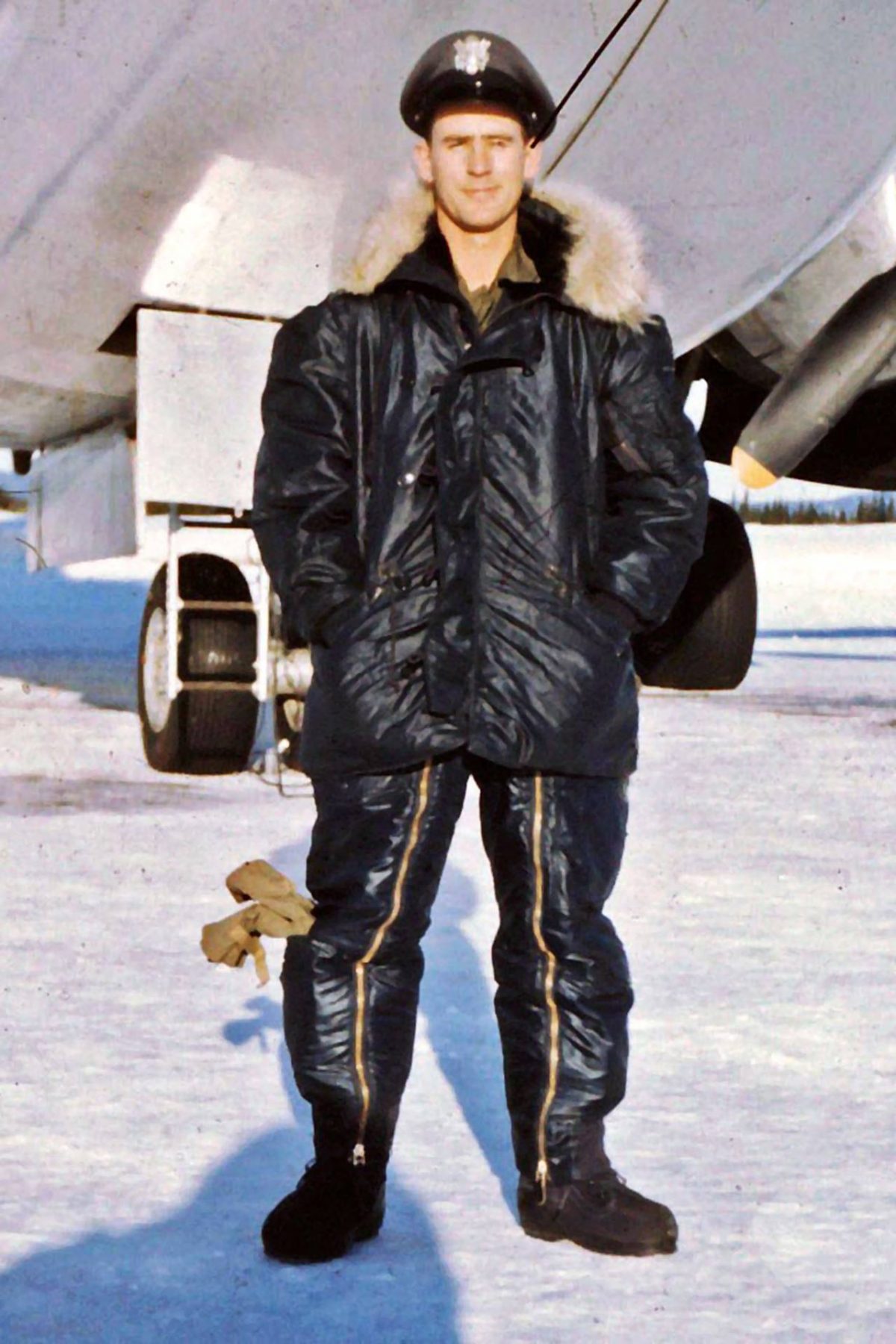

Despite the parka’s contemporary evolution playing a sizable role in what would become the Rokkvi Arctic Wool Gore-Tex, we were always careful to link these learnings to those of the traditional Caribou Inuit parka; indigenously referred to as amauti. By comparing timelines, Norse Projects streamlined both traditional and contemporary properties to shape a product that balances function with aesthetic sensibility.
The culmination of these learnings is particularly prevalent in the Rokkvi’s insulation. Building on the amauti’s use of outward-facing hollow fibers of hair and the M-51’s detachable, compact liner, the Rokkvi has combined the two to feature a fixed lining insulated with 90/10 EU Standard Certified Goose Down. The Rokkvi also develops on the resistant properties of these examples, demonstrated with a GORE-TEX face fabric and DWR coating.

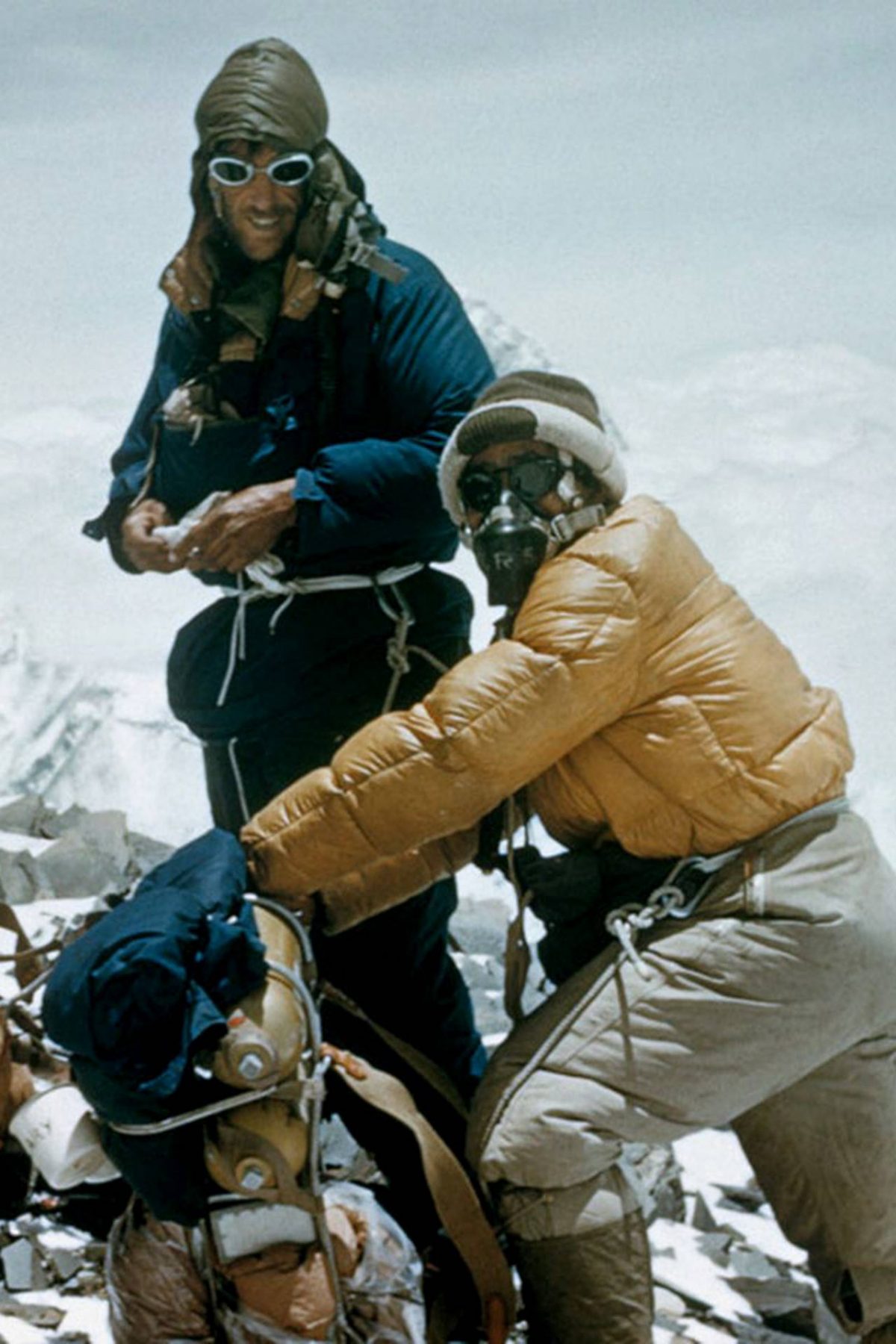
MATERIAL
While there are many factors that adequately illustrate the effects of tradition and evolution on clothing, few are as profound as material. Once rooted in an innate understanding for flora and fauna, traditional protective materials were a result of that which was immediately available. Learning from this, we included a similar environmental sensitivity when developing the Rokkvi’s woolen face fabric.
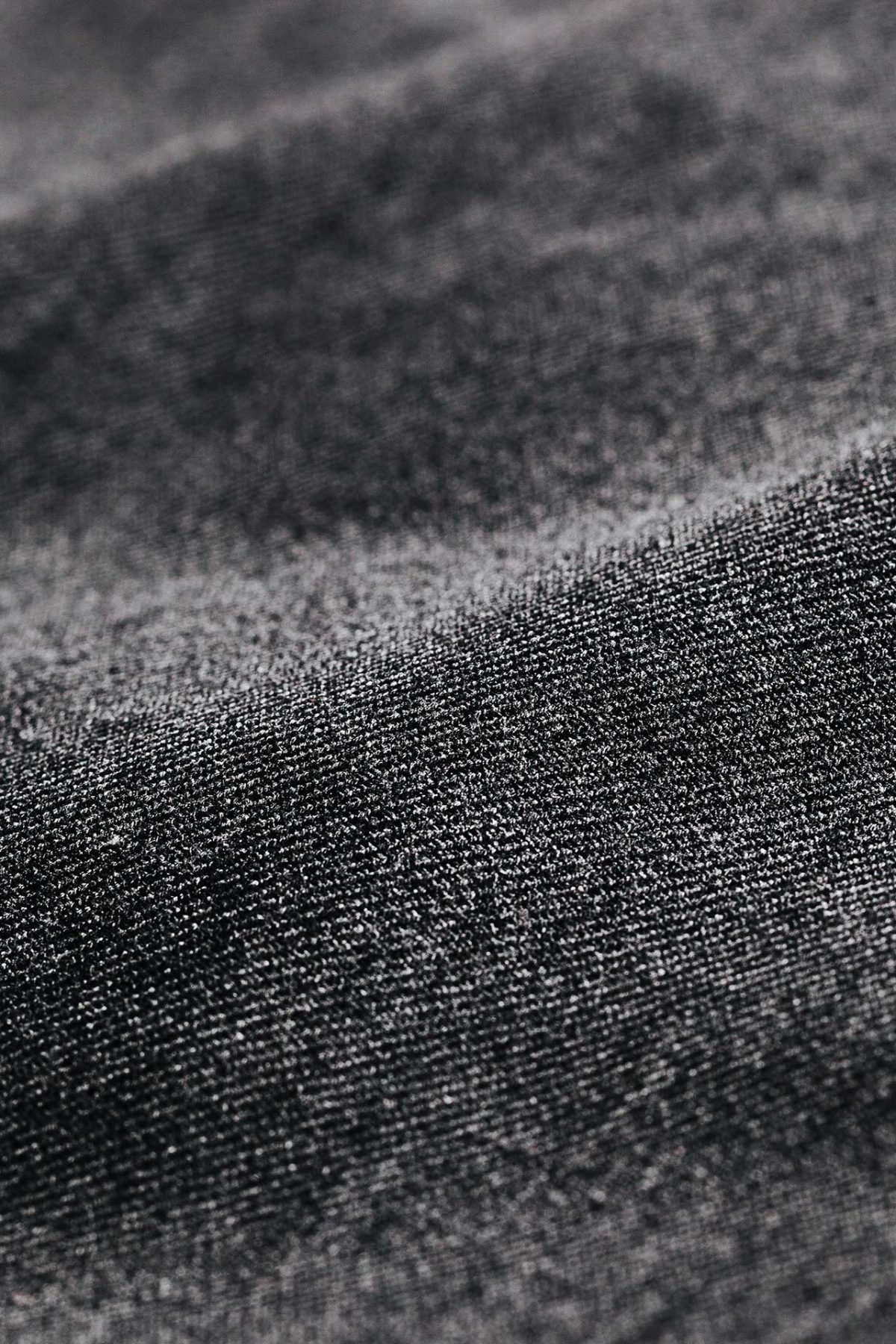
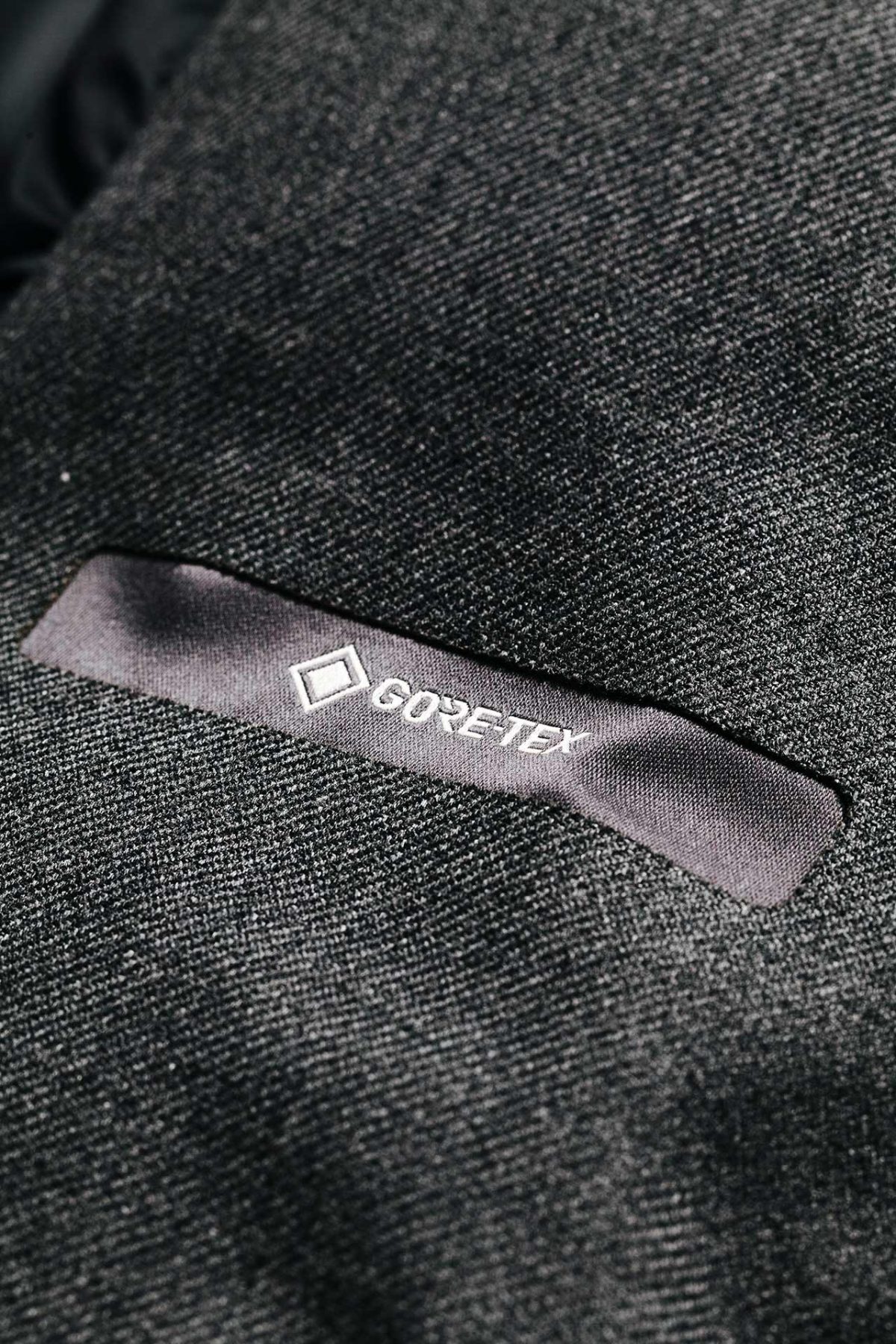
Traditional Caribou Inuit parkas (amauti) would require regular treatment with fish oil in order to maintain their water resistance, whereas Aleutian parkas — indigenously called kamleika — were often made from naturally water-resistant mammal intestines. Specifically in the case of the Caribou Inuits however, it was common to wear a second jacket of the same fur, called atigi, with the fur facing inwards (counter to the shell jacket’s fur) for added insulation.
These atigi would prove foundational in the development of contemporary silhouettes like that of the U.S. military’s M-51. The M-51 — more commonly known as the “Fishtail Parka” — typically featured a tightly-woven cotton poplin outer shell, and included detachable liners from around 1943 onwards. By analyzing these equally unique insulative compositions, we were able to streamline the Rokkvi’s warming and protective properties.
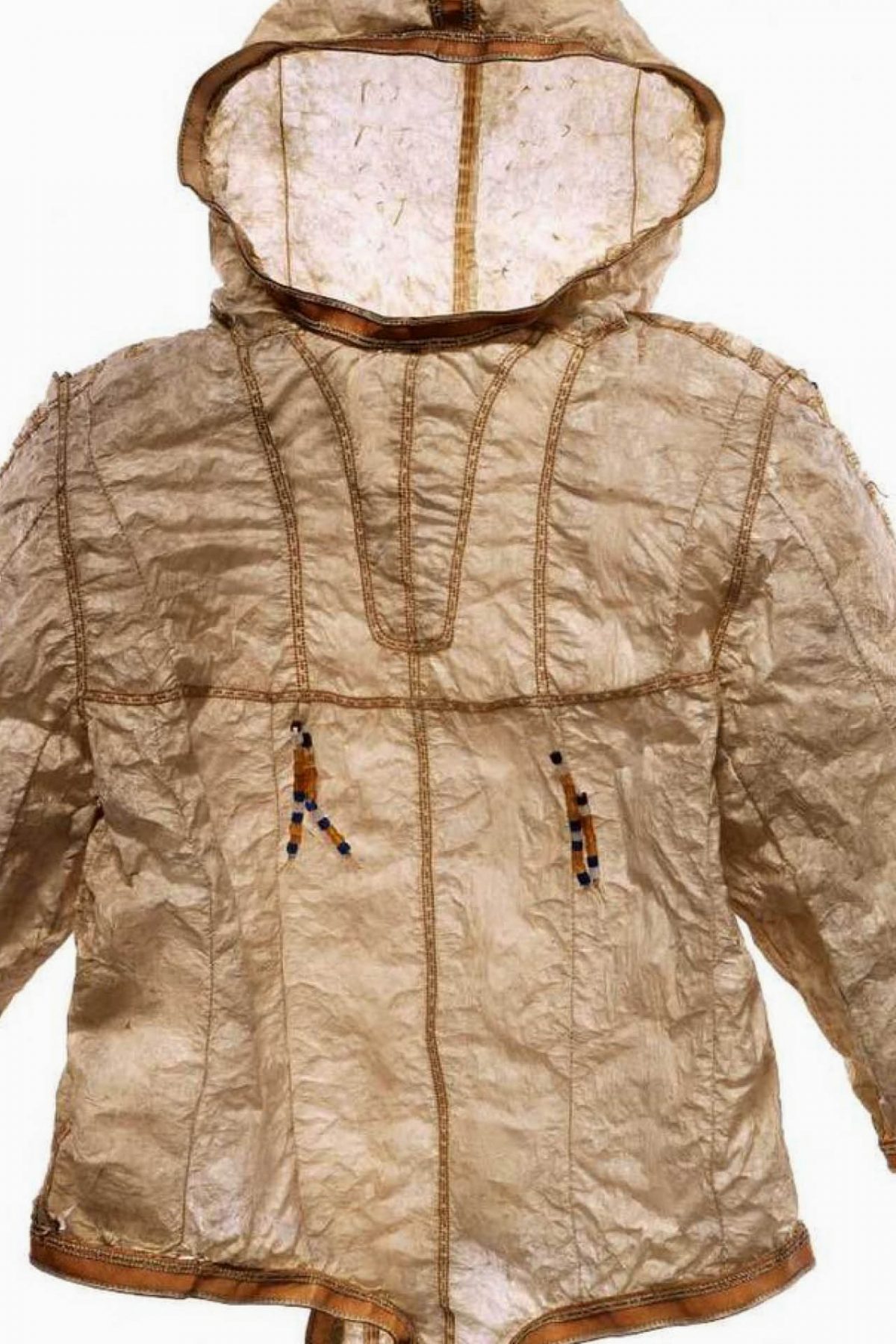
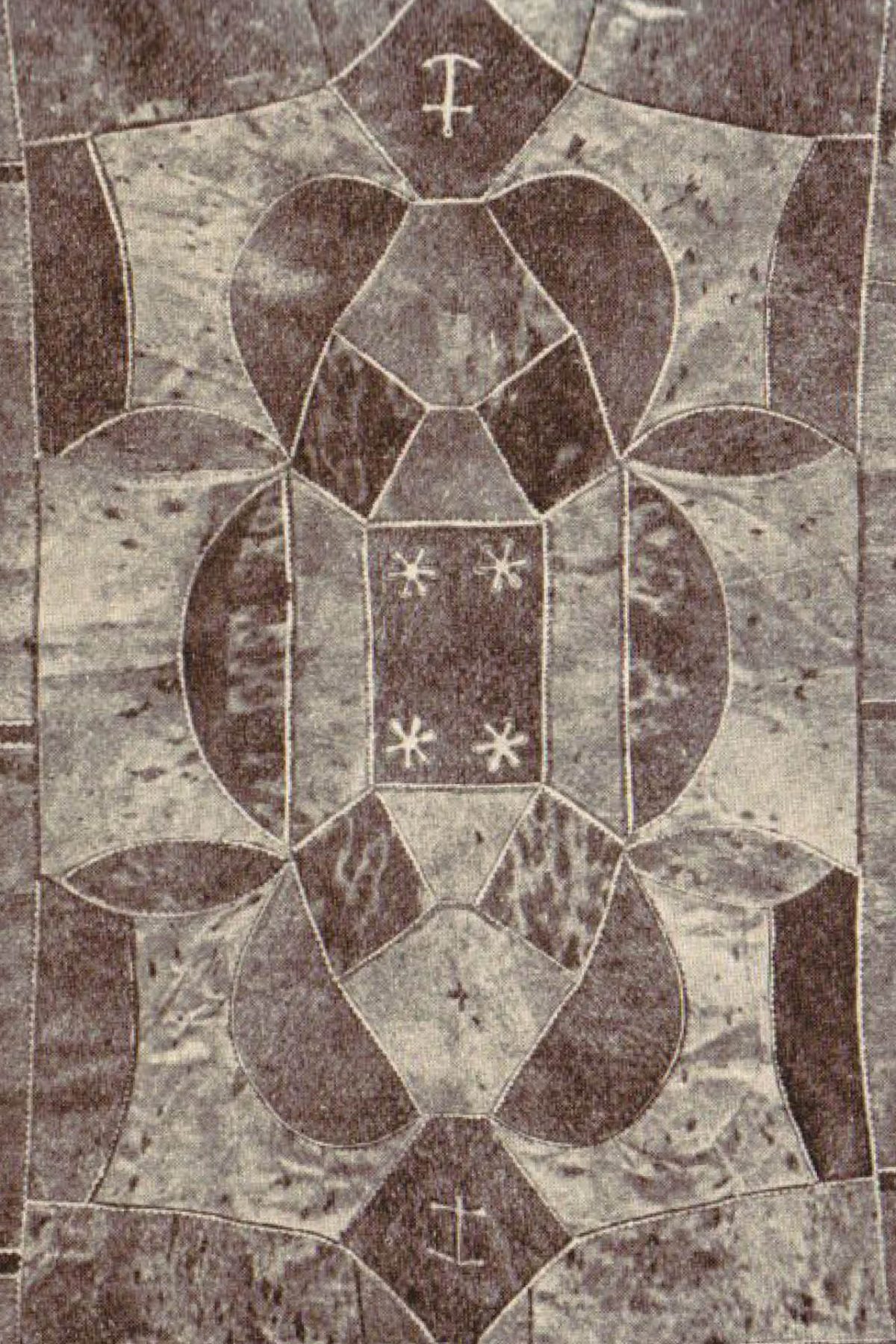
Beyond the foundational design knowledge posited by these examples, they also underscore the importance of material in clothing. What is especially interesting in both Inuit and Aleut cases, is that while leveraging each material’s protective properties, they simultaneously preserved their most honest form. By placing these materials in the right context, they were never forced to look or feel unfamiliar. We consider this another key example of vernacular design.
It is the culmination of these environmentally-astute ideas that led to the development of the Rokkvi’s GORE-TEX shell. The new wool-blend face fabric is constructed using a GORE-TEX membrane, and finished with a DWR coating, offering unparalleled protection, without sacrificing the haptic, or aesthetic qualities of wool. As a result, the Rokkvi is best defined by the cutting-edge innovative properties housed within its casual, organic shell.
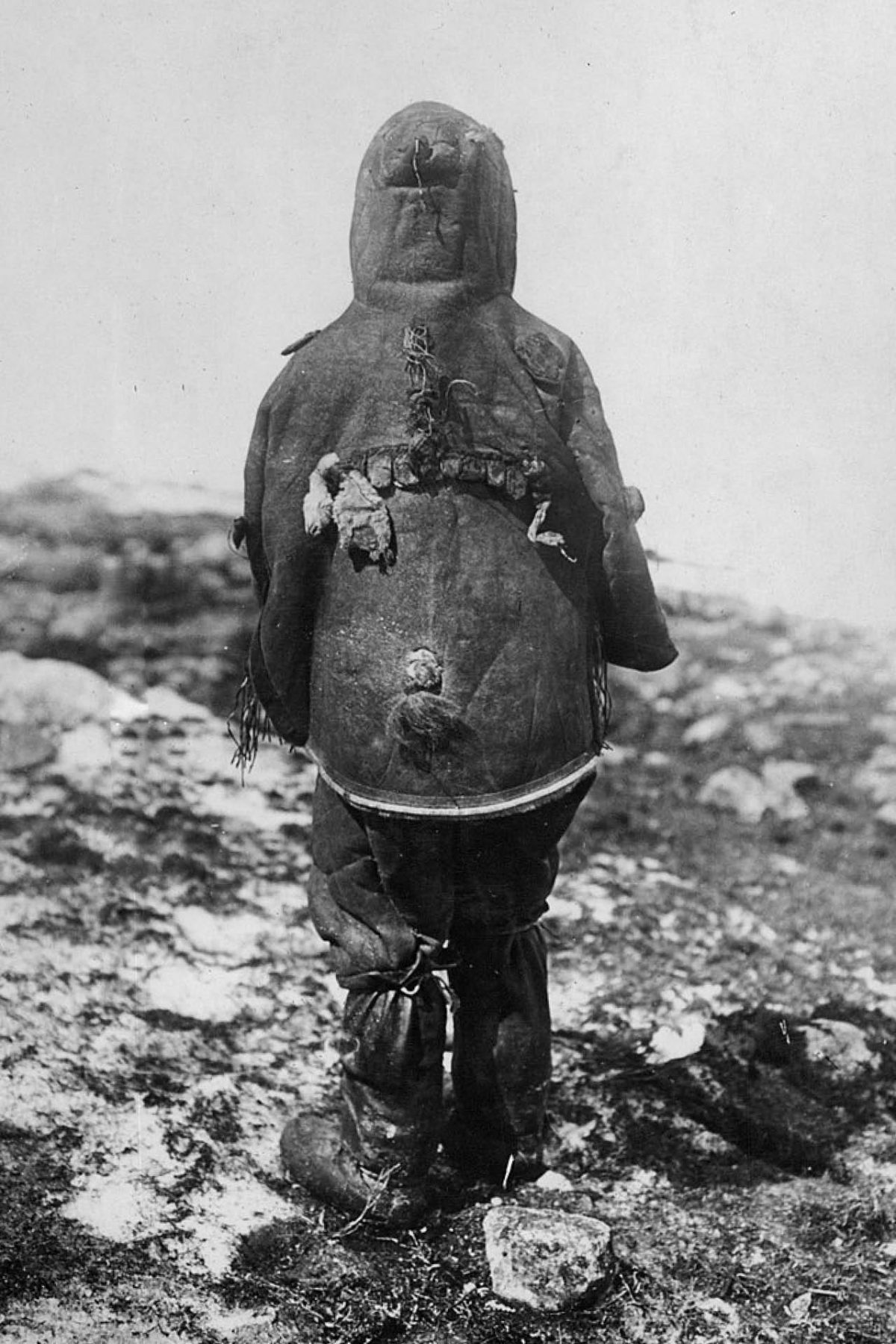
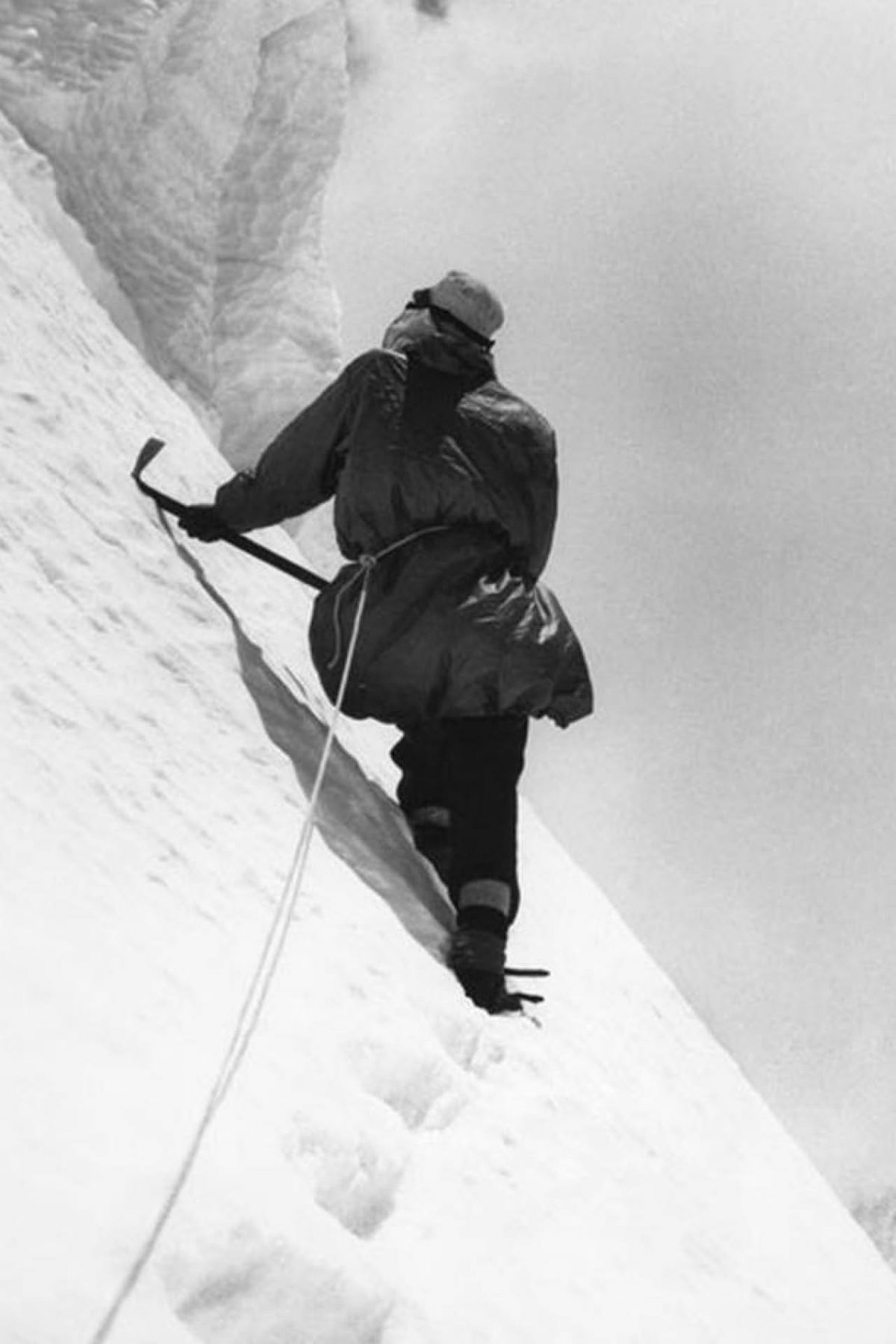
Garment Study 001 is powered by Norse Projects and Otto Resouce. Otto Resource is a digital product archive and research facility that advances design thinking with an ever-expanding catalogue of open-source studies.

